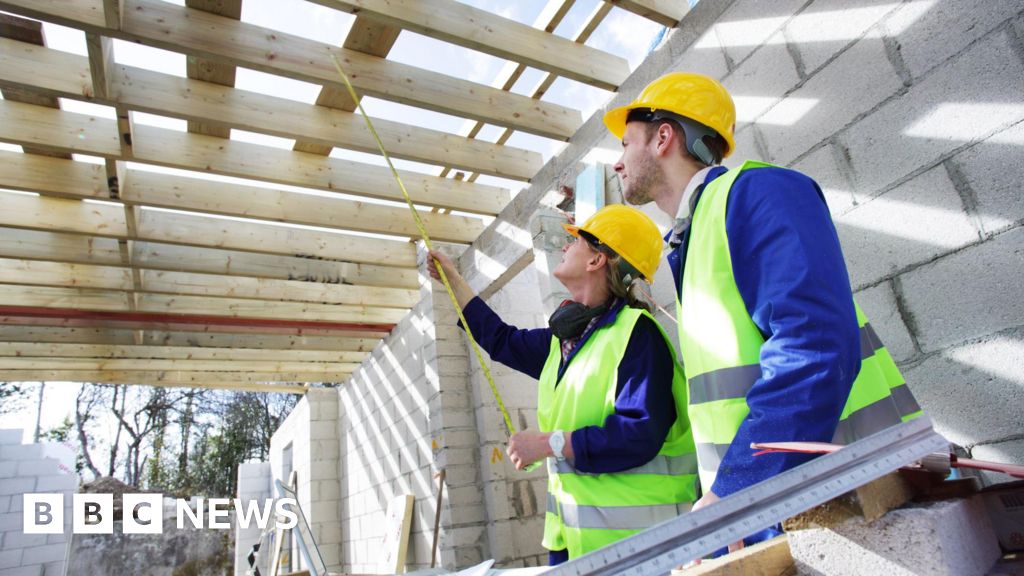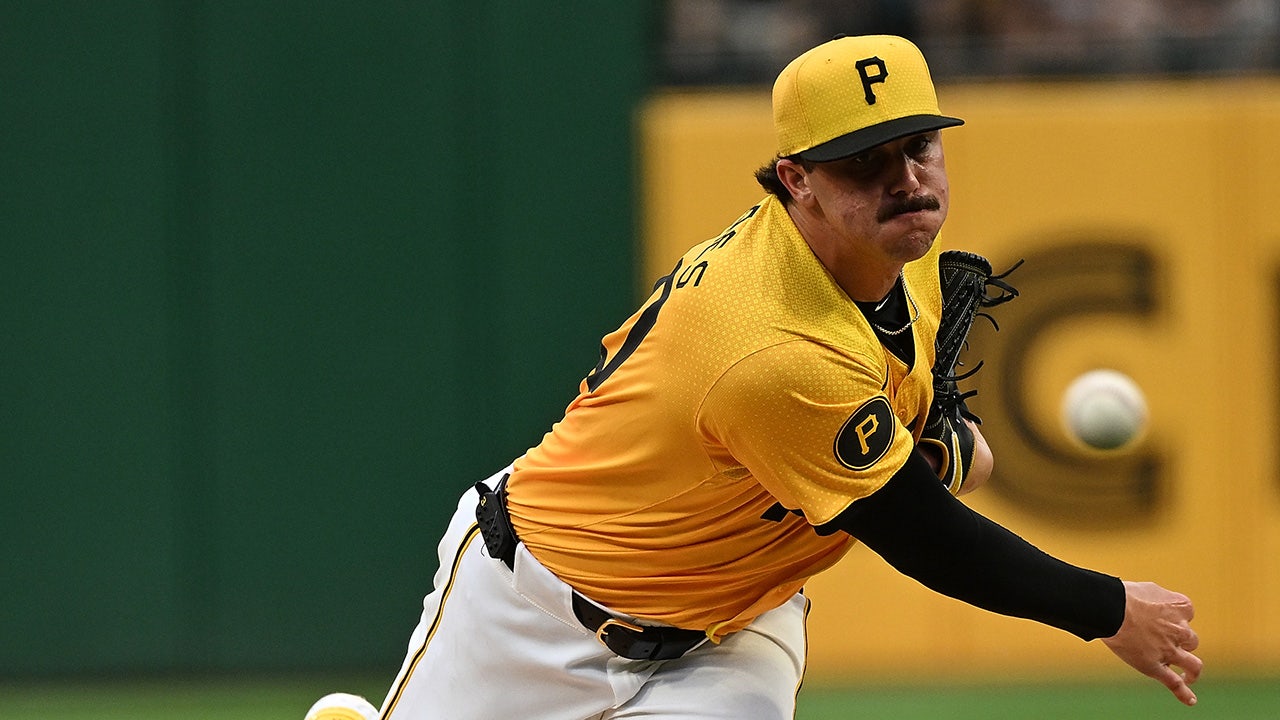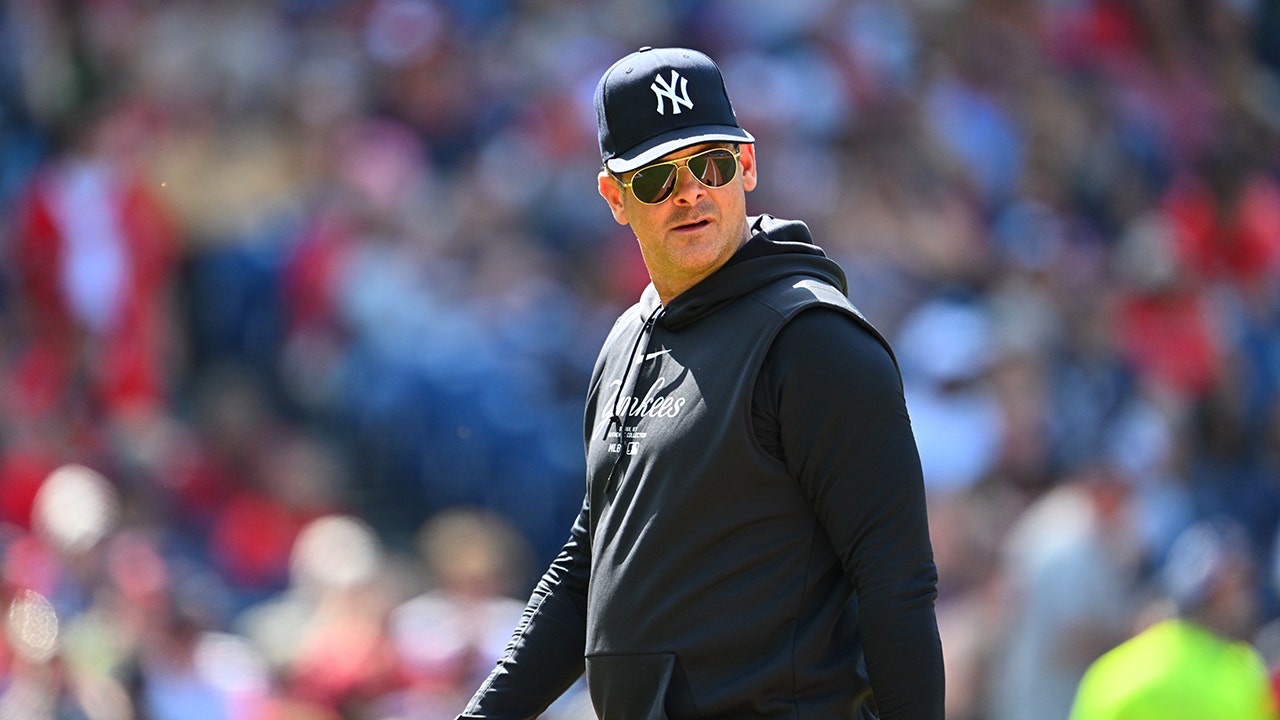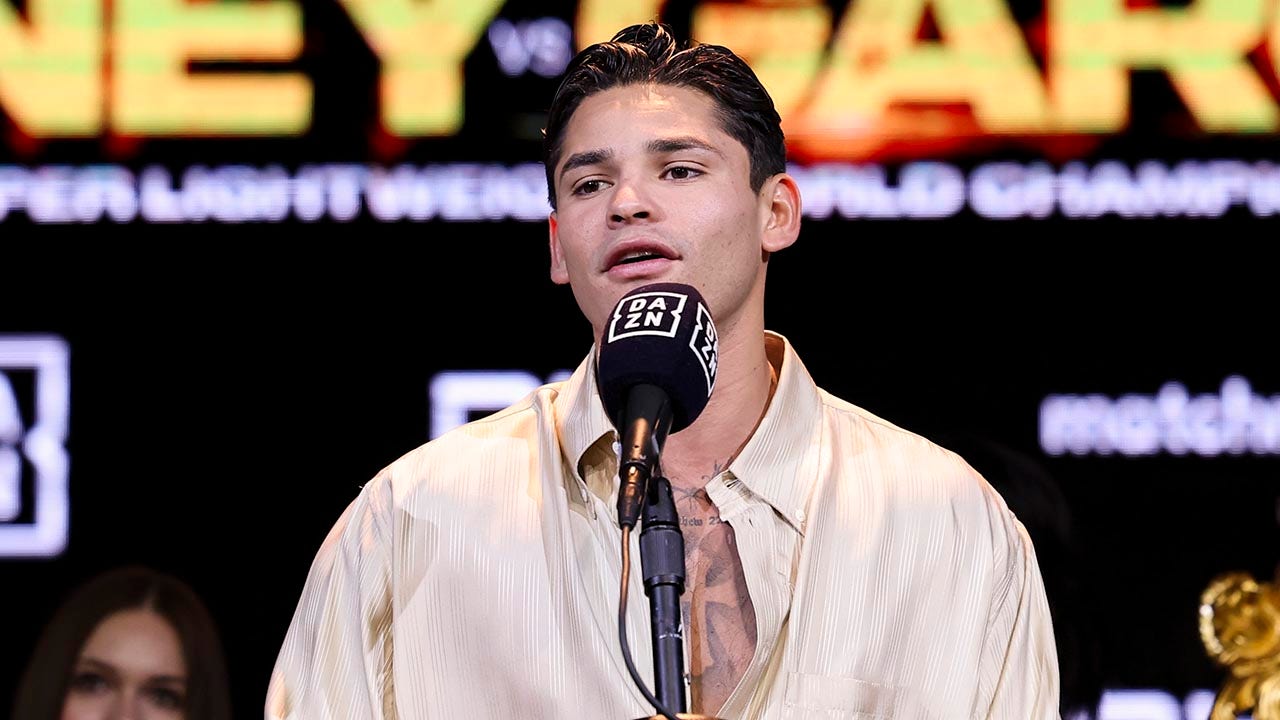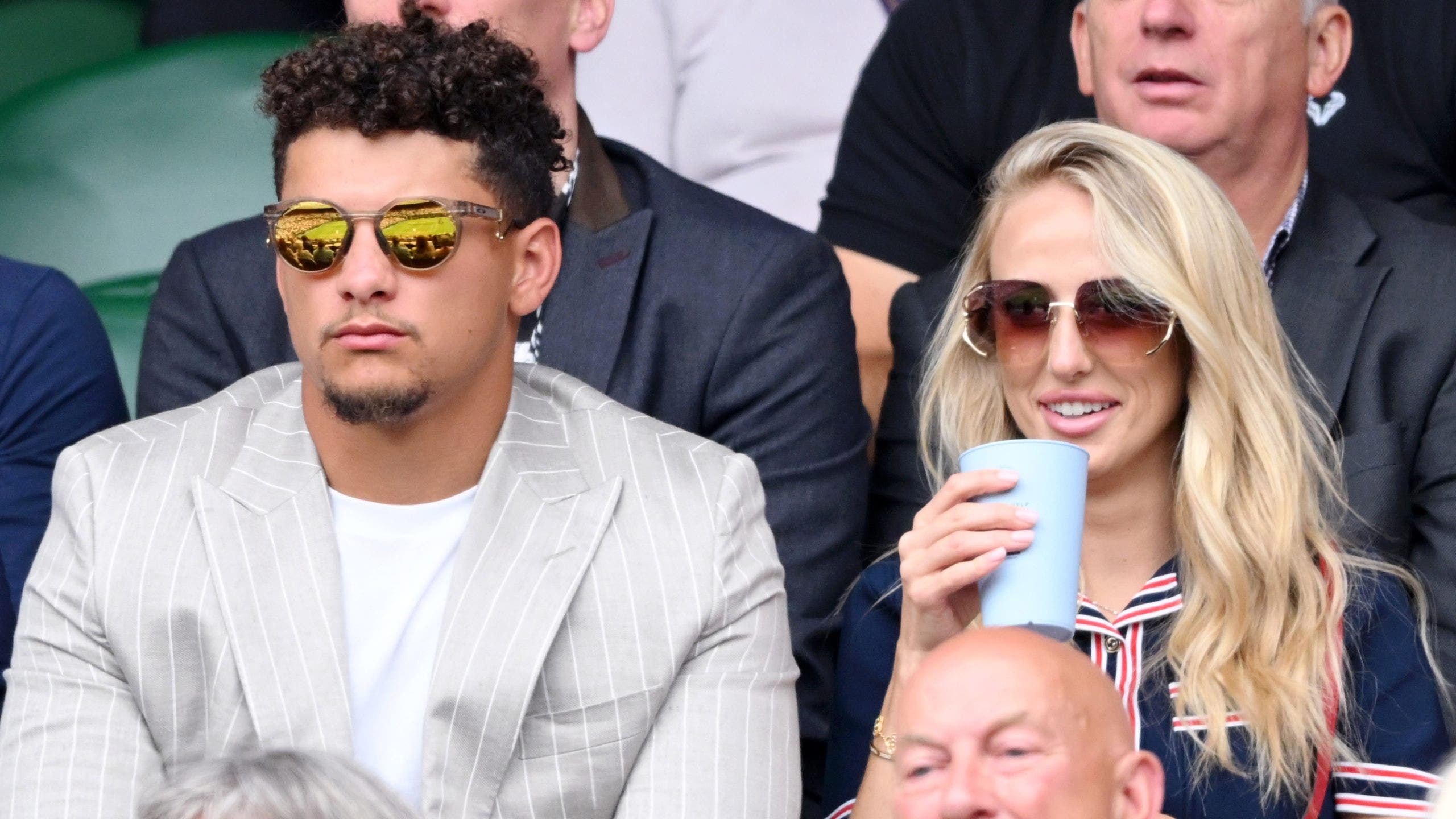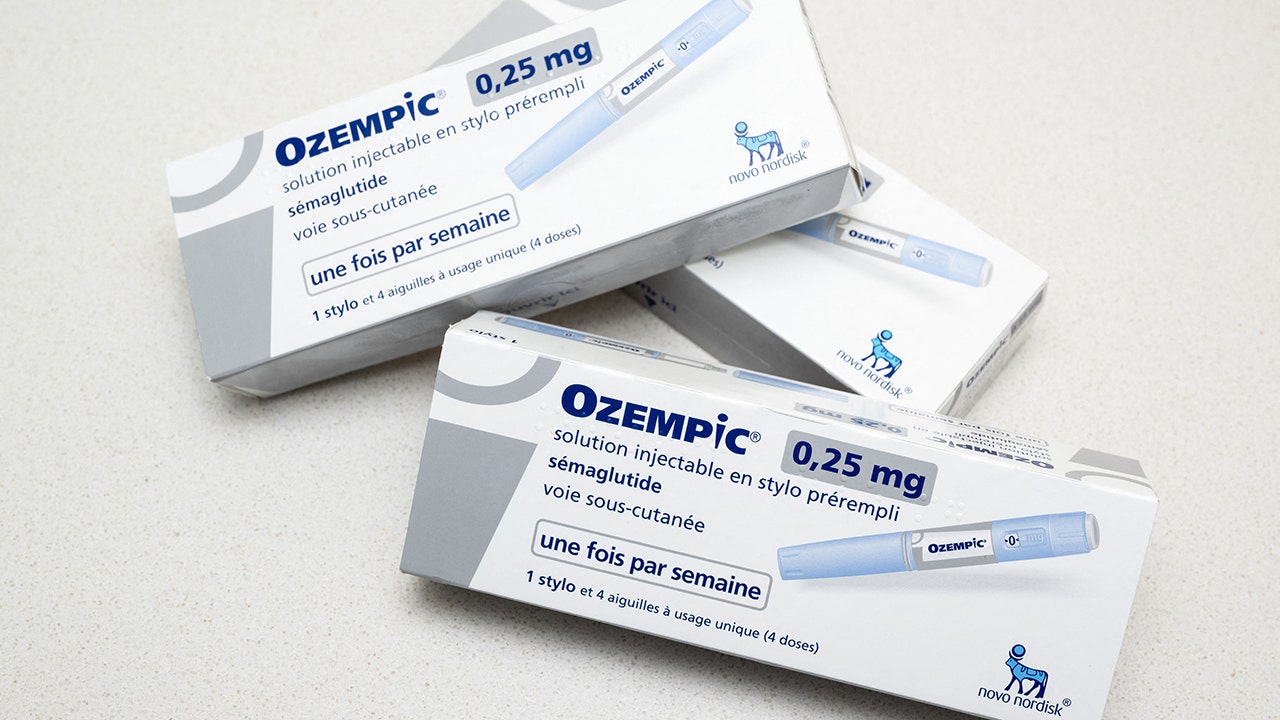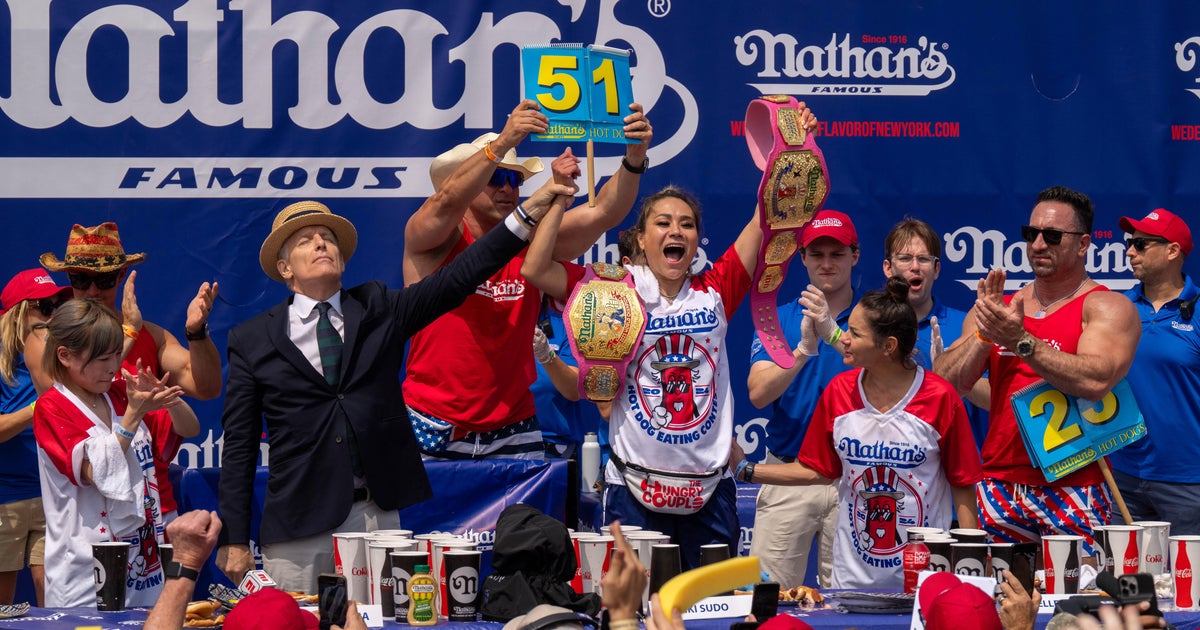Qiu began as a journalist, and still considers herself, in a sense, a narrative artist. The marks on the scroll hint at writing, while the paintings have a cinematic quality. But rather than document specific places or events, Qiu conjures moments of transition and sensations of confusion. The connection to reality is palpable, yet tentative.
One of the artist’s weapons is simply scale. The paintings are big, and the looping lengths of paper fill much of the rest of the space, the largest of the venue’s three galleries. Qiu doesn’t gently beckon people toward her work. She propels them into her vision, creating a sense that her private world is whirling around and hurtling past the viewer.
Paper and text also feature in Alexandra Chiou’s “Remember/Renew,” in IA&A’s smallest gallery. To memorialize her father’s life, the Massachusetts artist constructed a series of elaborate collages. Roughly circular and bright with metallic inks, the multi-petaled blooms celebrate the artist’s dad and her memories of the childhood home in Virginia she once shared with him. Each of the many layers of ripped and cut paper represent different emotions, both happy and sad, according to Chiou’s statement. But the verdant greens and sunny oranges seem mostly auspicious.
Elaine Qiu: Every Place We’ve Been and Alexandra Chiou: Remember/Renew Through March 31 at IA&A at Hillyer, 9 Hillyer Court NW. athillyer.org. 202-338-0680.
Kerxton & Ruksenas-Burton
The title of Cookie Kerxton’s Touchstone Gallery show, “Shapes and Colors,” actually applies better to Christine Ruksenas-Burton’s at the Athenaeum. Both artists are abstractionists who array mostly bright hues in geometric arrays. But Kerxton also experiments with texture, painting on such diverse surfaces as aluminum panels and Korean mulberry paper, and mixing pigments with cold wax to yield tiers of hazy color.
Kerxton jumbles shapes as she does materials. Some of her patterns suggest windows, while others resemble Asian or African fabrics. There’s also a set of multiple pictures of target-like concentric rounds, and compositions that pit circles against lines. Among the most intriguing pieces is a painting on aluminum with partly overlapping rectangles that contain both crisp and bleary elements. Rows of dots sit below a smeary red orb, as if the sun is setting on a land of abstract forms.
Ruksenas-Burton’s pictures precisely align hard-edge vertical bands of candy and sherbet colors. To anyone familiar with Washington color paintings, her style will recall Gene Davis’s. But Ruksenas-Burton, a native of Australia who now lives in Northern Virginia, reports that she was unfamiliar with Davis’s work until 2018, after she had begun her own engagement with stripes.
Like Davis, Ruksenas-Burton repeats individual hues while interspersing others to engender jazzy rhythms. This is most effective in two paired canvases that begin in opposing color schemes but end in nearly the same place: One travels from pink to reddish purple and the other from light green to bluish purple. The fierce juxtapositions lead almost all the way to accord.
Cookie Kerxton: Shapes and Colors Through March 30 at Touchstone Gallery, 901 New York Ave. NW. touchstonegallery.com. 202-682-4125.
Christine Ruksenas-Burton Through March 31 at the Athenaeum, 201 Prince St., Alexandria. nvfaa.org. 703-548-0035.
If the four large paintings in Chino Amobi’s “Miasma” suggest cover illustrations for a series of epic science-fiction novels, that’s entirely appropriate. The nearly monochromatic pictures at Von Ammon Co. depict mountainous locations from “Eroica,” a 2020 dystopian novel by the Nigerian American writer, musician and artist. The landscapes hang across from a smaller self-portrait, and all are executed in a neoclassical mode.
Subject and technique appear straightforward, but the Alabama-born artist adds some complications, both visual and conceptual. The show’s title refers to mist that’s supposed to hug the gallery floor, providing the sense that the pictured peaks tower above the clouds. But because the fog machine sets off the venue’s fire alarm, it’s in operation only by appointment. Walk-in visitors have to settle for painted haze.
The other twist is that Amobi didn’t actually make the alpine scenes. They were generated via artificial intelligence and rendered by “a foreign supplier,” so they’re products of the sort of “hyper-networked society he imagines so darkly in his text,” according to a gallery note. The landscapes portray ideas as much as places, and high-tech fact as much as fiction.
Chino Amobi: Miasma Through March 31 at Von Ammon Co., 3330 Cady’s Alley NW. vonammon.co. 202-893-9797.
Linocut printmaker Deborah Schindler is known for organizing the world into circular compositions. In her “Expressive Impressions,” she most often arranges it into a series of panels, whether on a single sheet or consecutive pages of a handmade book. Birds, all sorts of animals, Portuguese decorative tiles, Italian puppet-show characters and Eastern European manhole covers are among the things she catalogues in the Washington Printmakers Gallery show. All the subjects are rendered with exceptional detail and facility.
Schindler, who works as a Portuguese-English interpreter, is a longtime Washingtonian with an old-world sensibility. One of her models is Jacques Callot, a 17th-century French etcher. While his approach was more realistic than Schindler’s, he also produced thematic sequences of multiple images. Her style is starker and more stylized, with bold blacks as backdrops or in shadowy figures in the foreground.
Thus Eve is merely a lithe black silhouette in “Temptation,” one of the show’s two dynamic (and Adam-less) interpretations of the parable of the Garden of Eden. The woman has managed to snag an apple while dangling from a tree just above a field teeming with striped, dotted or banded snakes. Where most of Schindler’s prints emphasize patterns, this one uses the same technique to convey action, agility and free will.
Deborah Schindler: Expressive Impressions Through March 31 at Washington Printmakers Gallery, 1675 Wisconsin Ave NW. washingtonprintmakers.com. 202-669-1497.









